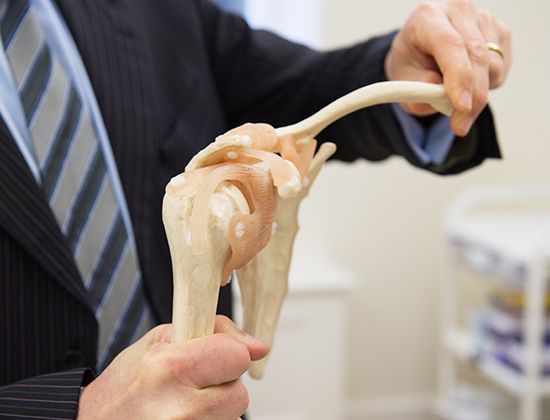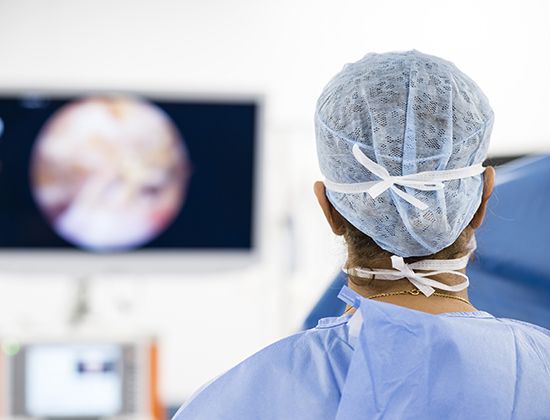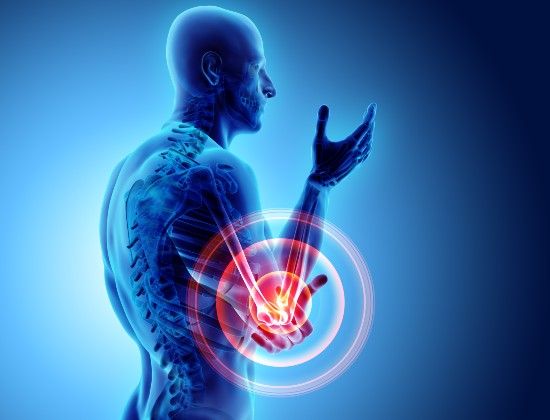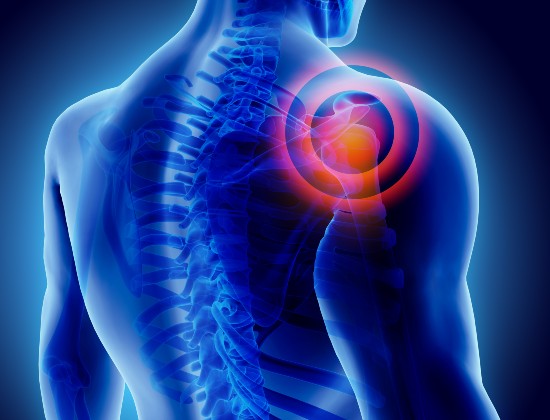Scapula (shoulder blade)
The shoulder (also known as the glenohumeral joint) is a ball and socket joint located where the top of the upper arm bone (humerus) meets the glenoid socket. It consists of three bones – the collarbone (clavicle), the shoulder blade (scapula), and the upper arm bone.
How is a fracture caused?
The scapula is a strong bony plate, protected by the chest and surrounded by muscle, and it is rarely broken. However, fractures can be caused by a very high-energy impact, such as a motorcycle accident, and stress fractures can be caused by overuse of the scapula and/or high intensity exercise.
What are the symptoms?
Severe bruising of the shoulder blade, extreme pain in your back (particularly when you move the arm) and swelling over the rear of the shoulder are common symptoms.
How is it diagnosed?
Having discussed how your shoulder was injured and carefully examined the area, the specialist’s diagnosis is usually backed up by an X-ray and, in some cases, a CT scan to show the extent of the damage.
How is it treated?
Non-operative treatment: the majority of fractures will heal without surgery. This may include wearing a sling and taking painkillers, along with gentle stretching exercises as mobility returns.
Surgery: if there are loose bone fragments, or there is also a fracture of the clavicle (collarbone), you may need to have surgery to realign and hold the bones in place with screws and plates.
Important: This information is only a guideline to help you understand your treatment and what to expect. Everyone is different and your rehabilitation may be quicker or slower than other people’s. Please contact us for advice if you’re worried about any aspect of your health or recovery.





